Carbonate Reservoirs of the Permian Basin NW Shelf

DISCIPLINE: Field Courses
COURSE LENGTH: 4 Days
CEUS: 3.2
AVAILABILITY: Public & In-House
Check back in periodically for updated Public course dates! To schedule an In-House course, contact SCA’s Training Department directly at training@scacompanies.com.
COURSE DESCRIPTION: This four-day field course explores stratigraphic and structural controls on the occurrence of reservoirs in Paleozoic carbonate rocks on the NW Shelf of the Permian Basin. Primary reservoirs are associated with depositional facies like shoals, reefs, channels, fans, and mounds. Secondary reservoirs are produced by diagenetic process, karst, and natural fractures. The distribution of both primary and secondary features are controlled by location in the basin, which in turn depends on both sea level and the structural form of the basin.
The primary Wolfcamp and Sprayberry producing zones in the Midland Basin are a stratigraphically complex mixture of carbonate, clay, and silica rocks. These units do not occur in outcrop, but time equivalent section does occur in outcrop both east and west of the productive region. On the Western Shelf, exposed in West Texas and southern New Mexico, the margin of the Permian Basin merges with the Paleozoic carbonate platforms of the western US passive margin. There are large accessible high-quality outcrops exposing the entire Paleozoic section and there are relevant structural features to view. The Pedernal Uplift in southern New Mexico is an excellent analog for the Central Basin Platform. The Salt Flat Graben in Texas illustrates extensional faulting and characteristic natural fracture patterns.
Each day of the course has a theme related to the distribution and formation of reservoirs. Day 1 is about climate and sea level and the stacking of facies. Day 2 is about tectonics and deformation and process that localize facies and create secondary reservoirs. Day 3 is the detailed Wolfcamp through Guadalupe sequence stratigraphy. This is the outcrop section time-equivalent to the key subsurface reservoir section. It’s not the same facies but it is the same ocean and correlations into the subsurface are robust. Day 4 is the famous Permian Reef Geology Trail at Guadalupe Mountains National Park. Obviously, that day is all about reefs. Over the four days of the course, we will walk the entire stratigraphic section sequentially from basement through top Permian.
LEARNING OUTCOMES:
- Walk the entire Paleozoic stratigraphic section of the NW Shelf.
- View strata in outcrop that are time-equivalent to key producing intervals in the subsurface.
- Identify major sequence boundaries in Wolfcamp through Guadalupe section.
- Recognize primary and secondary carbonate reservoir types in outcrop.
- Understand key differences between greenhouse and icehouse stratigraphy.
- Understand fundamental principles of tectono-stratigraphy.
- Understand the tectonic evolution and timing of the Permian Basin.
- Identify the characteristic patterns of natural fractures present in outcrop.
COURSE CONTENT:
- We visit the Cambrian through Carboniferous section comparing facies and stacking patterns produced during greenhouse and icehouse conditions. We begin at Franklin Mountain State Park, focused on the Ellenberger carbonate platform, a unit characteristic of greenhouse environments. In the afternoon, we move east to the Hueco Mountains to focus on Pennsylvanian strata characteristic of icehouse conditions.
DAY 2: Tectono-Stratigraphy, La Luz Anticline: Analog to the Central Basin Platform
- Travelling northeast to the Sacramento Mountains of New Mexico, we spend this day on the Pedernal Uplift, one of the ancestral Rockies uplifts analogous to the central Basin Platform. Formed during Pennsylvanian into Permian time, these outcrop illustrate the tectonic history of the Permian Basin and provide an exceptional example of growth strata. We’ll focus on how folding influences the development of facies trends. We’ll also visit Wilson Mound, an example of phylloid algae as reservoir rock.
DAY 3: Sequence Stratigraphy of the Permian Section, Wolfcamp to Bell Canyon
- Beginning in the Sierra Diablo in the morning and moving into the Delaware Mountains in the afternoon, we’ll make an exhaustive transect of the Permian Wolfcamp, Leonard, and Guadalupe section focused on understanding how sequences and sequence boundaries are expressed in outcrop as a succession of facies and fabrics. We will also view extensional faulting, natural fractures, and modern depositional environments associated with the Salt Flat Graben.
DAY 4: Permian Reef Geology Trail
- A strenuous 9-mile roundtrip hike gaining 2500 feet in elevation, the Permian Reef Geology Trail climbs the fore-reef slope through the reef core to the Capitan reef crest. Recent erosion of overlying softer sediments has exhumed the reef and its slope such that modern topography reflect the ancient.
